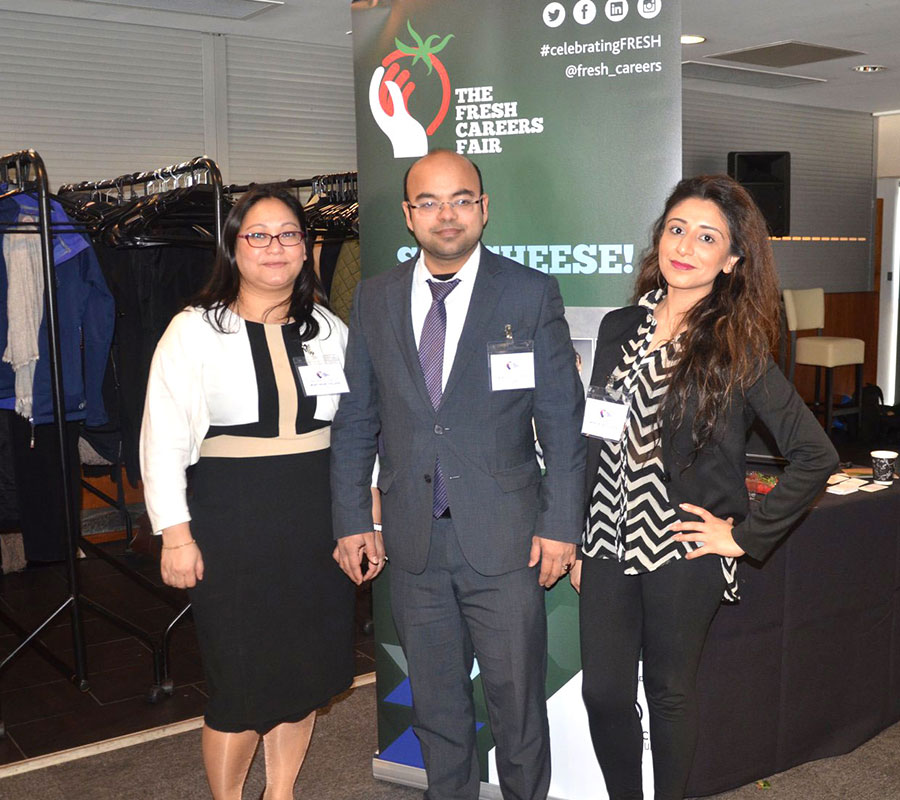How to Write CV and Cover Letter
Creating a Professional CV and Cover Letter can be a Tricky
One, especially if you have a limited experience or a gap in your work history. For the best chance of securing a job interview, target your CV and cover letter to the company and the job you’re applying for. See examples of CVs and cover letter advice.
Selecting the right CV to highlight your skills and experiences is extremely important. Find out which sample CV would be the most effective for you.People often create one CV and then send this out regardless of the job or employer. This is a mistake and it could lead to you missing out on an interview, or even a job offer. Tailoring your CV is essential and so the more effort you put into it the better. The CV must highlight skills which match the recruiter’s needs and sometimes you may need to use a different CV template to achieve this.
Chronological CV
Sometimes known as a traditional CV, a chronological CV is used to match your qualifications and work experience with the requirements for the job role. The CV is structured in reverse chronological order, i.e. The most recent qualifications and experience are listed first.
This type of graduate CV template makes it easy for employers to identify potential candidates. It allows you to provide clear details of your qualifications, work history and responsibilities which match the criteria provided in the job description.
It’s Important to Include:
Dates – cover any gaps in your history, qualifications and work experience – match these to the role you’re applying for additional skills and knowledge – cover essential criteria for the role. Skills-based CV also known as a functional CV, the skills-based CV can be used if you have gaps in your employment history. This type of CV template is also useful if you have limited experience or are applying for a job which is unrelated to your degree.
Employability skills are transferable to different roles and employers. The skills-based CV allows you to focus on the skills you have developed in various areas of your life.
It’s Important to
Position your skills profile prominently match your skills with the role profile and use the same headings to provide evidence of how you’ve used your skills in a real life situation. An academic CV focused on educational achievements, academic CVs are used when applying for lecturing or research-based roles.
Although there’s no page limit, it’s important to keep your CV concise and targeted to the role’s requirements, with each section in reverse chronological order. Your academic achievements, research interests and specialist skills should be placed on the first page. Ensure that your writing style is scholarly but clearly understood to those outside of your field of interest.
Include details of your specialist skills, research outcomes, potential future developments, and any funding or grants that you’ve received, conferences that you’ve attended, professional memberships that you’ve gained and publications that you’ve been featured in.
Teaching CV to Make Your Teaching CV Stand
Out you should highlight the qualifications and experience you’ve gained, including:
Details of your teacher training relevant modules from your degree/postgraduate course details of school experience, prioritising where it’s in the age range you want to teach any other teaching experience e.g. Sports coaching, summer camps or youth groups relevant voluntary experience interests relevant to teaching e.g. Musical abilities or sporting activities skills that will be useful in the role, e.g. Leadership, it and languages details of two current referees, such as one from your teacher training and one from teaching practice. Local authorities and schools usually follow ‘safer recruitment procedures’ and so ask all applicants to complete a standard application form. That way, no-one can hide information, which may be possible in a cleverly written CV.
Technical CV for it Jobs an it CV
Also known as a technical CV, can be used to apply for roles such as web developer, it consultant, software tester or application developer.
Include an introductory paragraph which mentions your technical expertise and experience and incorporate a ‘key skills’ heading which will allow for more detail when discussing technical competencies.
While you might be tempted to showcase all your technical abilities at once, ensure that you highlight relevant skills first and foremost. You should also bear in mind that the document will need to be understood by non-technical people such as HR managers.


